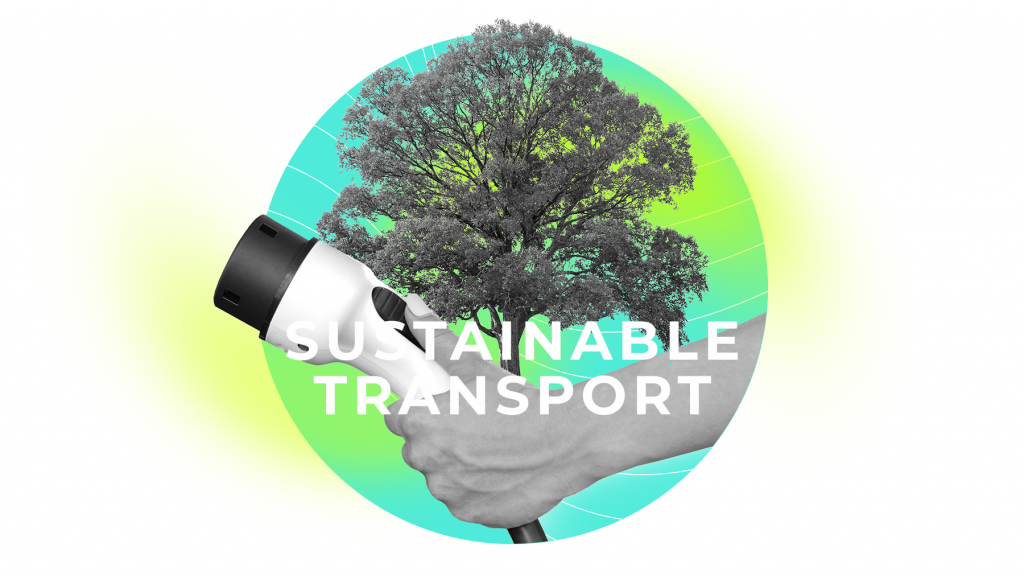As the world moves towards a more sustainable future, the transportation sector plays a pivotal role in achieving climate neutrality. Recognizing this, the European Union has proposed a regulation on alternative fuel infrastructure to ensure widespread availability and accessibility of recharging and refueling networks for road vehicles, ships, and aircraft. This ambitious proposal aims to accelerate the adoption of zero- and low-emission vehicles and vessels, thus reducing the transport sector’s carbon footprint. In this article, we will delve into the critical aspects of the proposed regulation and explore its significance in achieving climate neutrality.
Importance of Alternative Fuels Infrastructure
Transportation currently accounts for nearly 25% of greenhouse gas emissions in the EU, with road vehicles being the most significant contributor at 71%. By expanding the infrastructure for alternative fuels, such as hydrogen and liquefied methane, the regulation seeks to facilitate a transition towards cleaner and greener modes of transport. The availability of a robust network of recharging and refueling stations will mitigate range anxiety, a common concern among consumers considering electric vehicles or other alternative fuel options.
Driving Towards Climate Neutrality
The proposed regulation plays a crucial role in achieving climate neutrality by enabling greater uptake of electric and alternative fuel vehicles. There are over 13.4 million alternative fuel cars and vans in the EU, accounting for less than 5% of the total fleet. However, projections indicate that the percentage of vehicles running on alternative fuels will increase tenfold by 2050. This substantial shift will significantly reduce emissions, contributing to the EU’s goal of climate neutrality.
Critical Changes in Infrastructure Requirements
Road Transport: The proposed regulation introduces specific targets and timelines for deploying recharging and refueling stations. For passenger cars and trucks below 3.5 tonnes, recharging stations must be available at least every 60 kilometers on the main roads of the core TEN-T network by the end of 2025. These stations must be public for heavier trucks by the end of 2030. The total power output provided through recharging stations will grow in proportion to the number of registered cars. Additionally, recharging points will be mandated in urban nodes. Derogations will be considered for low-traffic roads.
Hydrogen Refueling Stations: The proposed regulation stipulates that refueling stations must be available at least every 200 kilometers on main roads by the end of 2030 to support the growth of hydrogen-powered vehicles. Furthermore, every urban node should have at least one hydrogen refueling station. Each station will be designed to provide 1 tonne of hydrogen per day at a pressure of 700 bar.
Liquefied Methane Refueling Points: To promote the circulation of vehicles using liquefied methane throughout the EU, refueling points will be established along main roads.
Infrastructure Enhancements: New infrastructure will be required to allow ad-hoc charging and accept electronic payments. Clear information about pricing options will also be provided to users, enhancing transparency and convenience.
Port and Airport Transformations
Ports: In significant seaports, the regulation ensures that at least 90% of container and passenger ships can access shore-side electricity supply. In most inland waterway ports, at least one installation providing shore-side electricity should be established by 2030. This measure will help minimize emissions when ships are docked at ports.
Airports: To promote the electrification of aircraft, the regulation mandates the provision of electricity supply for all aircraft stands adjacent to the terminal by 2025. By 2030, all remote stands should also have access to an electricity supply. Airports with fewer than 10,000 flights per year may be eligible.




